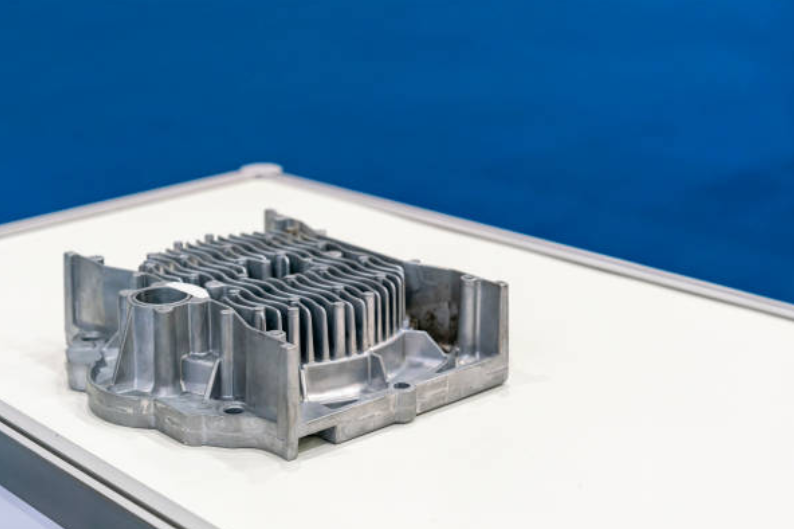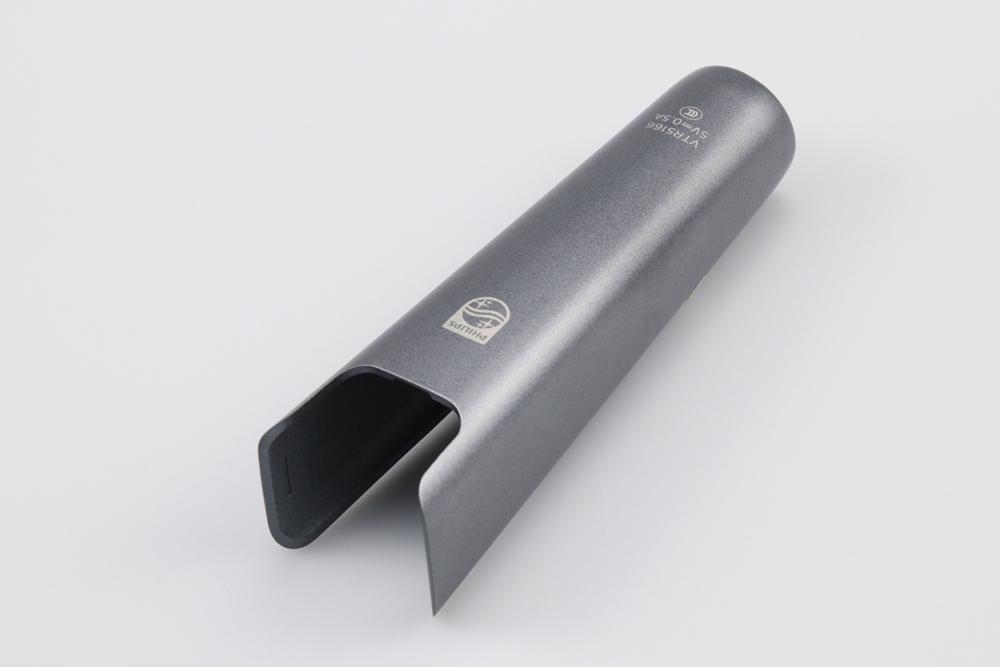What makes aluminum die casting suitable for mass production?
Efficiency and Repeatability
Aluminum die casting is ideal for mass production due to its ability to deliver consistent, high-precision parts at rapid cycle times. Utilizing durable steel molds and automated casting systems, the process yields repeatable results across thousands of shots, ensuring dimensional consistency without drift. Alloys like A380 and ADC12 (383) offer excellent fluidity and low shrinkage, enabling tight tolerance control, which is essential for large-scale manufacturing in industries such as automotive and consumer electronics.
High Strength-to-Weight Ratio
Aluminum’s superior strength-to-weight ratio provides a key advantage for mass-produced components. When combined with heat treatment, die-cast aluminum parts achieve exceptional mechanical stability and thermal performance. This makes them suitable for structural and thermal applications in aerospace and e-mobility, where weight reduction has a direct impact on efficiency.
Tool Longevity and Automation
Die casting molds are designed for high endurance under repeated high-pressure injections. With proper maintenance and the use of high-quality tool steels, Neway ensures extended mold life and minimal downtime. Automation further enhances efficiency—robotic extraction, trimming, and inspection processes minimize human error while improving output uniformity.
Surface Finish and Post-Processing Compatibility
Parts produced through aluminum die casting naturally exhibit smooth surfaces, making them suitable for post-processing operations such as anodizing, powder coating, and polishing. These treatments not only enhance corrosion resistance and appearance but also support industry-specific aesthetic or functional standards.
Cost Efficiency and Design Flexibility
Die casting enables near-net-shape manufacturing, minimizing machining and material waste. The process supports complex geometries, thin walls, and integrated features, such as bosses or threads, reducing the need for assembly. This makes it more economical compared to sand casting or gravity casting for high-volume production runs.
Conclusion
With fast cycle times, long mold life, lightweight alloys, and excellent post-process adaptability, aluminum die casting offers an unmatched balance of precision and scalability. Neway’s advanced automation and quality control systems ensure every cast component meets stringent industrial standards—making it a cornerstone technology for mass production.



